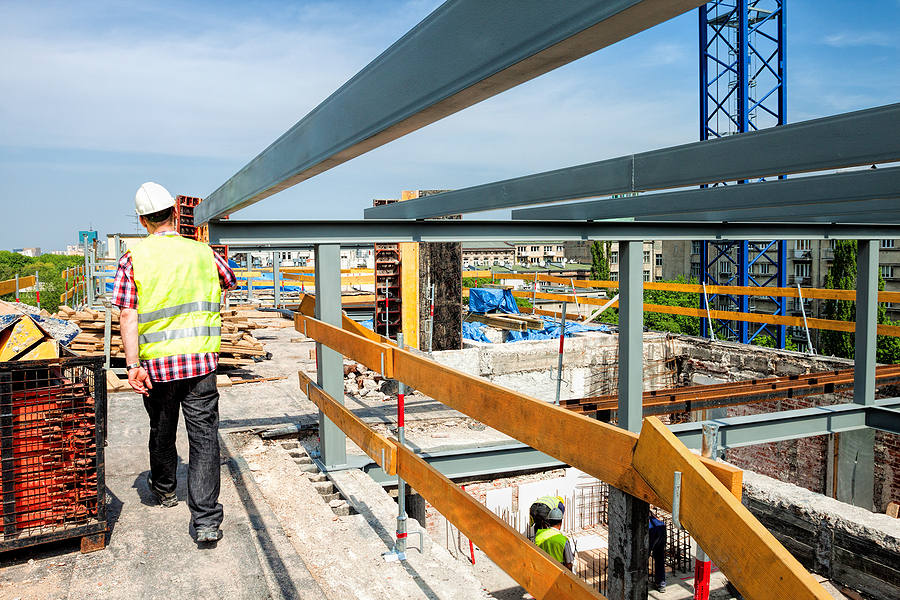
Construction spending (not adjusted for inflation) totaled $2.15 trillion in November at a seasonally adjusted annual rate, unchanged from the revised October rate and up 3 percent year-over-year (y/y), according to reports from the U.S. Census Bureau and Associated General Contractors of America (AGC). The y/y growth rate has slowed steadily since January’s 9.8 percent rate and was the slowest since May 2019.
Private nonresidential spending was flat for the month and up 1.7 percent y/y. The largest subsegment, manufacturing, slipped 0.2 percent from October but rose 11 percent y/y; power construction rose 0.2 percent and 4.8 percent, respectively; commercial remained stagnant for the month but declined 8 percent y/y (comprising warehouse, up 0.4 percent and down 13 percent, respectively; retail, down 0.6 percent and 9.3 percent; and farm, up 1 percent and 11 percent); and office down 0.3 percent and up 0.1 percent (comprising data centers, up 2.7 percent and 43 percent, and other office projects, down for the 12th month in a row, by 1.8 percent and 17 percent). Private residential spending edged up 0.1 percent for the month and 3.1 percent y/y (single-family, up 0.3 percent since October but down 0.7 percent y/y; multifamily, down 1.3 percent and 9.5 percent, respectively; and improvements, up 0.4 percent and 13 percent). Public construction dipped 0.1 percent from October but increased 4.6 percent y/y, with highway and street spending up 0.2 percent for the month but down 3.5 percent y/y; educational down 0.2 percent for the month but up 3 percent y/y; and transportation down 0.5 percent for the month but up 6.6 percent y/y.
Construction employment, not seasonally adjusted, rose y/y from November 2023 in 234 (65 percent) of the 358 metro areas (including divisions of larger metros) for which the U.S. Bureau of Labor Statistics (BLS) posts construction employment data, fell in 63 (18 percent), and was unchanged in 61, according to analysis from AGC (For most metros, BLS posts only combined totals for mining, logging, and construction; AGC treats these totals as construction-only.)
The largest job gains again occurred in Houston-The Woodlands-Sugar Land (16,100 construction jobs, 7 percent) and Northern Virginia (9,000 combined jobs, 11 percent), followed by the Miami-Miami Beach-Kendall metro division (6,100 construction jobs, 10 percent); Orlando-Kissimmee-Sanford (4,800 construction jobs, 5 percent); and the Fort Worth-Arlington, Texas division (4,200 combined jobs, 5 percent). Anchorage, Alaska had the largest percentage gain (17 percent, 1,800 construction jobs), followed by Fairbanks, Alaska (15 percent, 400 construction jobs); the Detroit-Dearborn-Livonia division (15 percent, 3,800 combined jobs); Kahului-Wailuku-Lahaina, Hawaii (13 percent, 600 combined jobs); and Northern Virginia. The largest construction job losses again occurred in New York City (-7,800 combined jobs, -5 percent), followed by Sacramento-Roseville-Arden-Arcade (-4,700 construction jobs, -6 percent) and Portland-Vancouver-Hillsboro, Ore.-Wash. (-4,200 construction jobs, -5 percent). The largest percentage decrease occurred in Bloomington, Ill. (-11 percent, -400 combined jobs), followed by Bangor, Maine (-8 percent, -300 construction jobs).


